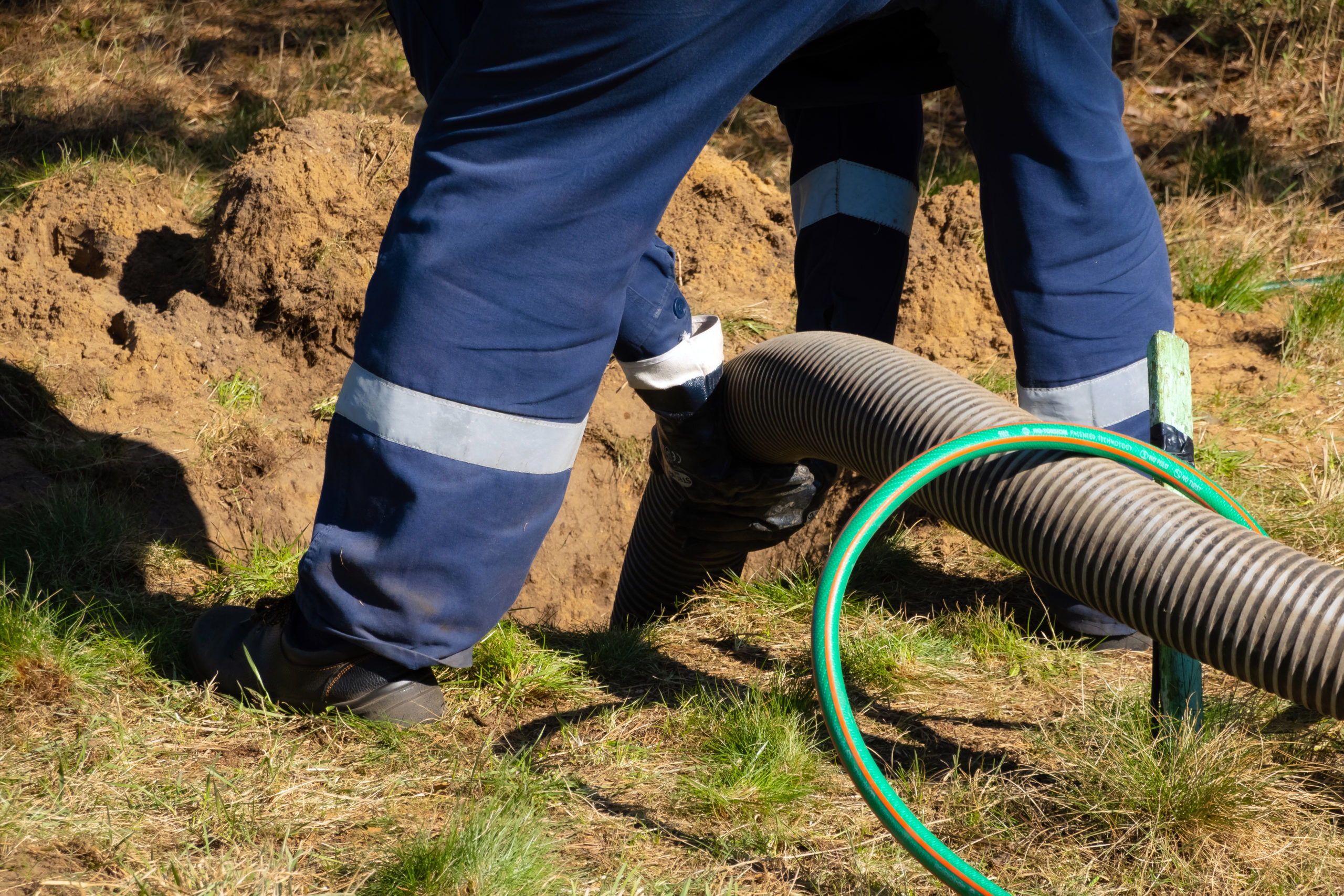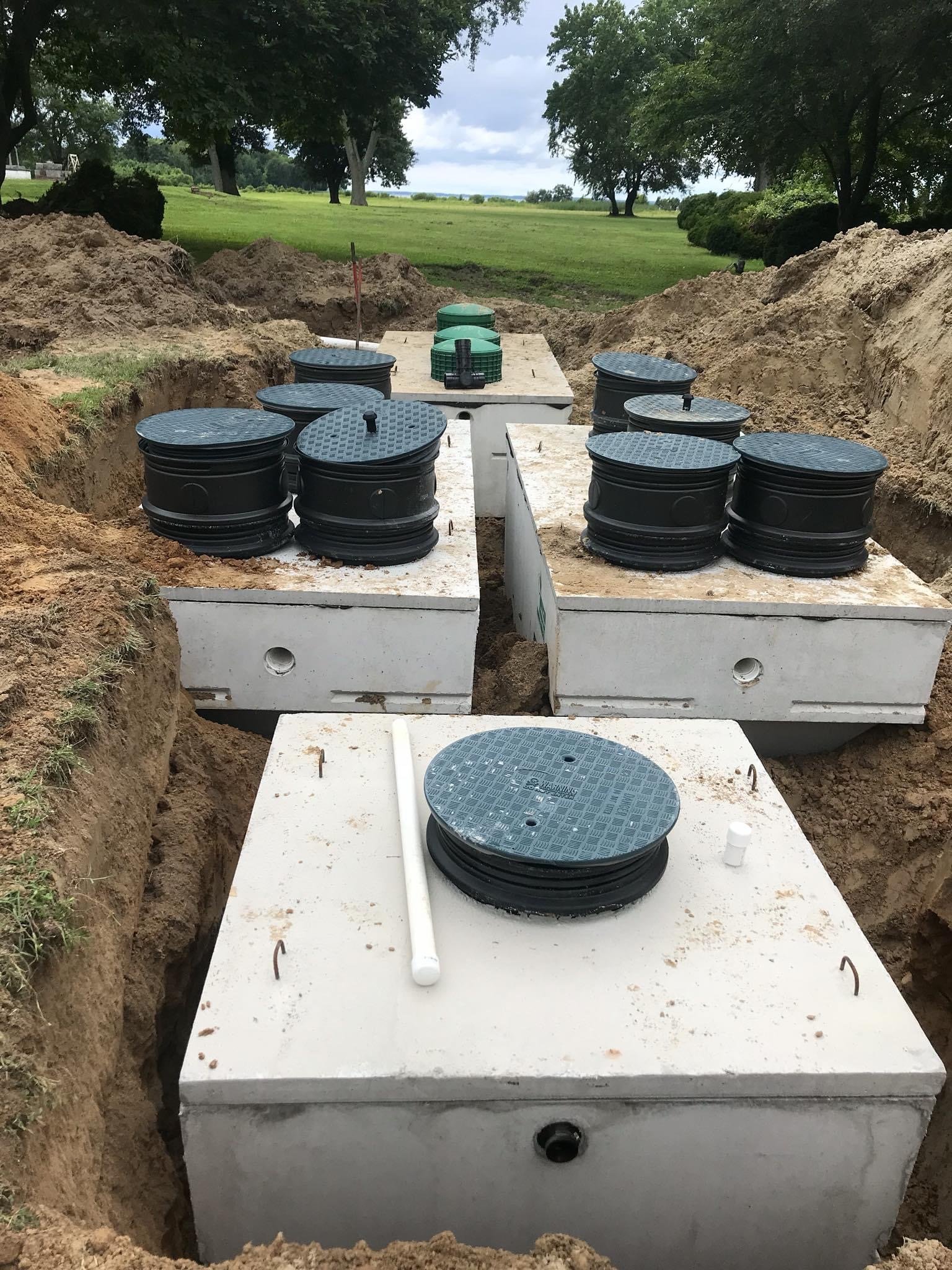The Definitive Guide for Stillwell Septic And Grading
Table of ContentsStillwell Septic And Grading for DummiesNot known Incorrect Statements About Stillwell Septic And Grading Indicators on Stillwell Septic And Grading You Should KnowThe Only Guide for Stillwell Septic And GradingAll About Stillwell Septic And GradingThe Single Strategy To Use For Stillwell Septic And GradingWhat Does Stillwell Septic And Grading Mean?

Property owners need to likewise enlighten themselves on the fundamentals of septic tanks to ensure they make educated decisions throughout the installment process - Septic Tank Pumping. Septic tanks are an important part of several homes that are not attached to a community drain system. They are designed to treat and deal with household wastewater on-site
The septic tank is a huge, underground container made of concrete, fiberglass, or plastic. The storage tank separates the strong waste from the liquid waste.
The Greatest Guide To Stillwell Septic And Grading
In addition to normal upkeep, home owners should likewise bear in mind what they purge down their drains pipes. Items such as grease, oil, coffee premises, and feminine hygiene products can clog the system and cause backups. It is also crucial to save water and stay clear of overwhelming the system. Basic measures such as fixing leaking faucets and toilets, setting up low-flow showerheads and commodes, and expanding washing lots can help in reducing water use and extend the life of the septic system.
The topography of the site is likewise evaluated to ensure that the septic tank is installed at the appropriate altitude. https://www.metal-archives.com/users/stillwellsag. The system should be mounted at a greater elevation than the surrounding area to protect against contamination of the surrounding setting. Obstacles are the minimum ranges required by law in between the septic system and various other frameworks or functions such as wells, structures, and residential or commercial property lines
The altitudes will guarantee that the septic system works properly, and wastewater is effectively treated. It ensures that the septic system is mounted in the most ideal location, taking into consideration the soil, topography, and problems.
Not known Facts About Stillwell Septic And Grading
Before setting up a septic system, home owners need to obtain authorizations and adhere to laws. The policies differ relying on the state, area, and community. It is necessary to inspect with the local wellness department or structure department to ensure conformity. A few of the permits and policies that property owners require to consider consist of:: Homeowners require to get a license from the local wellness division or building division before setting up a septic tank.
For circumstances, some districts may call for a minimal whole lot size for septic system installation.: House owners require to follow ecological laws when mounting a septic system. For instance, some states might call for an environmental effect evaluation prior to mounting a septic system.: Homeowners need to comply with building policies when installing a septic system.
The Ultimate Guide To Stillwell Septic And Grading
Some communities may call for routine evaluations and pumping of the septic storage tank. It is important for homeowners to acquire licenses and conform with regulations prior to setting up a septic system.
One of the most vital elements to consider when choosing a septic tank is the dimension. A septic system that is also tiny for the home's demands will certainly need more regular pumping, while a container that is too big can result in excessive water build-up and prospective system failing. A basic general rule is that the container needs to have the ability to hold a minimum of 2 days' well worth of wastewater.
The Greatest Guide To Stillwell Septic And Grading

It's likewise important to take into consideration the type of system the septic tank will be utilized with. There are 2 main kinds of septic systems: gravity and pressure.
The 6-Second Trick For Stillwell Septic And Grading
On the whole, choosing the best sewage-disposal tank for a home is an important choice that needs cautious factor to consider. House owners ought to talk to a specialist to establish the very best options for their details demands. Prior to installing a septic tank, home owners need to take particular actions to get ready for the installation procedure. This area details the 2 main areas of prep work: excavation and safety measures.
Here are some crucial safety and security steps to follow: Use protective gear: Homeowners should wear safety gear, such as handwear covers, boots, and helmets, to avoid injury during the installation process. Prevent electrical lines: Property owners should avoid excavating near electric lines to stop electrocution. Usage care when operating hefty machinery: Home owners must make use of care when operating heavy machinery to avoid crashes and injuries.
The smart Trick of Stillwell Septic And Grading That Nobody is Discussing
By following these essential actions, homeowners can guarantee a successful septic system setup process. Septic container installment is an essential procedure that calls for careful planning and implementation. Property owners that are setting up a sewage-disposal tank for the very first time ought to know the crucial steps associated with the process to guarantee that their septic system functions efficiently and successfully.
